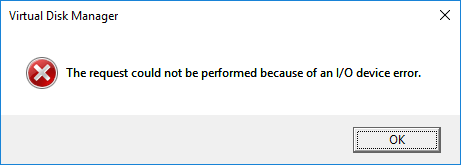
I/O device error is an error that many Windows users have come across. As its name suggests, it happens when the operating system is unable to perform an Input/Output action on the drive or disk you use.
There are multiple types of error messages and codes showing that you have encountered an I/O device error. They include:
- “The request could not be performed because of an I/O device error.”
- “Only part of a readprocessmemory/writeprocessmemory request was completed.”
- IO error codes like error 6, error 21, error 103, error 105, error 131 and more.
An I/O device error occurring indicates that problems are on hardware devices or media, such as hard drive, flash drive, SD card, CD or DVD, etc. But sometimes the problem can also result from faulty programs or drivers.
If you are dealing with one of those errors above, you can try the methods as follows. These are the effective ways that can help you tackle your I/O device error.
1) Perform basic troubleshooting
4) Contact hardware manufacturer
1) Perform basic troubleshooting
Once you have met an I/O device error, you should check the connection of your devices. Make sure the connector is properly connected to the port, and the cable is not defective, no matter what device you are using.
Besides you can try another device or media or test the device on another computer. By doing so, you can identify whether the error you have met is caused by your computer or your drive or disk.
2) Perform a clean boot
Some programs or services can lead to I/O device errors. You need to put your operating system in clean boot state — that is, to start your system with a minimal set of drivers and startup programs. This method can help you identify exactly which application is causing trouble. Note that to perform a clean boot, you will need Administrator Privileges of your operating system.
a) Log onto your operating system as Administrator.
b) Press Windows logo key and R key on your keyboard at the same time to open Run dialog. In this dialog, type “msconfig” and hit Enter. This will open System Configuration window.
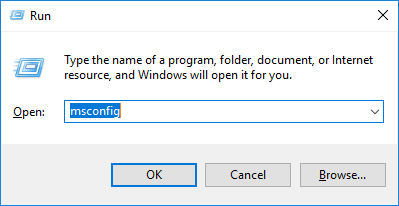
c) On General tab in System Configuration window, you can see the default setting is Normal startup. Now you need to select Selective startup and untick Load startup items.

d) Go to Services tab. Tick Hide all Microsoft services. Then click on Disable all. (You need to hide all Microsoft services first, or you will disable some secure services and bring about unexpected consequences.) After that click on OK.
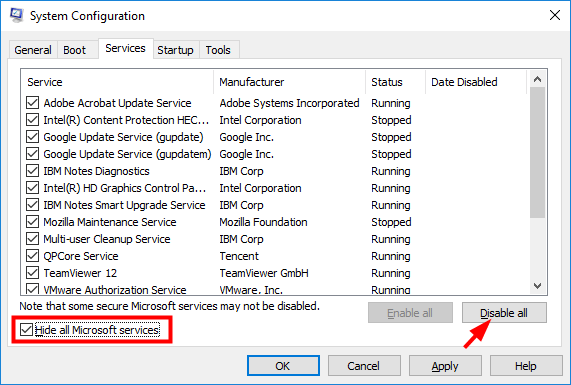
e) Restart your computer, and it will boot into clean boot state. At this time try accessing your drive or disk and redo the action that incurred the error. See if the error is gone. If so, refer to the steps above to enable the services one by one to identify which application is the culprit. After that, you can disable or uninstall the problematic program in order to prevent the issue.
* Note that after you finish troubleshooting, you need to revert your changes you have made to the original settings.
3) Update drivers
It is also possible that the I/O device error results from faulty or incompatible drivers. You need to update drivers of your devices so that you can get rid of this error.
To update driver, using Driver Easy is an easy and credible option.
Driver Easy will automatically recognize your system and find the correct drivers for it. You don’t need to know exactly what system your computer is running, you don’t need to risk downloading and installing the wrong driver, and you don’t need to worry about making a mistake when installing.
You can download and install your drivers by using either Free or Pro version of Driver Easy. But with the Pro version it takes only 2 clicks (and you get full support and a 30-day money back guarantee):
a) Download and Install Driver Easy.
b) Run Driver Easy and hit Scan Now button. Driver Easy will then scan your computer and detect any problem drivers.
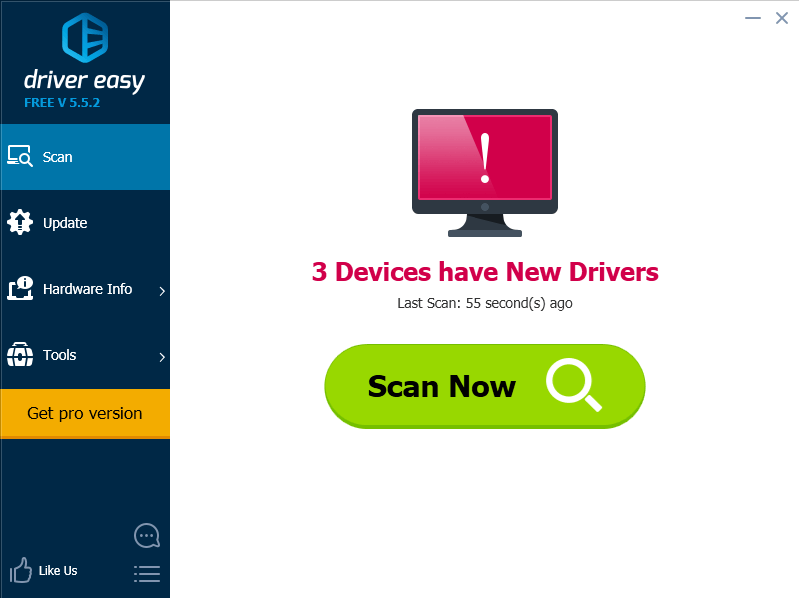
c) Click on the Update button next to each of your devices to download the latest and correct driver for it. You can also hit Update All button at the bottom right to automatically update all outdated or missing drivers on your computer (this requires the Pro version — you will be prompted to upgrade when you click on Update All).
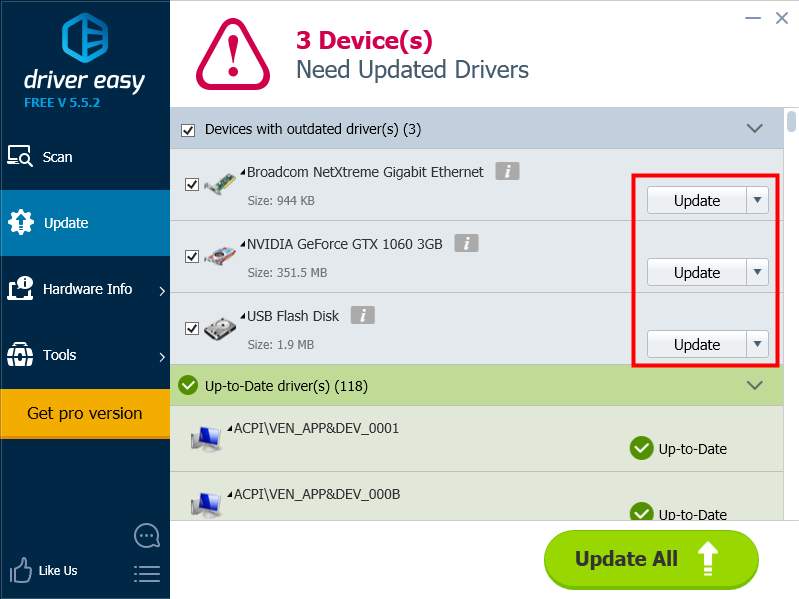
4) Contact hardware manufacturer
If you have tried the methods above and the problem persists, you may need to ask an expert for help. You can contact the manufacturer of your device or computer. They can offer you further assistance, helping you find out the cause of the error, and having your devices repaired or replaced.





